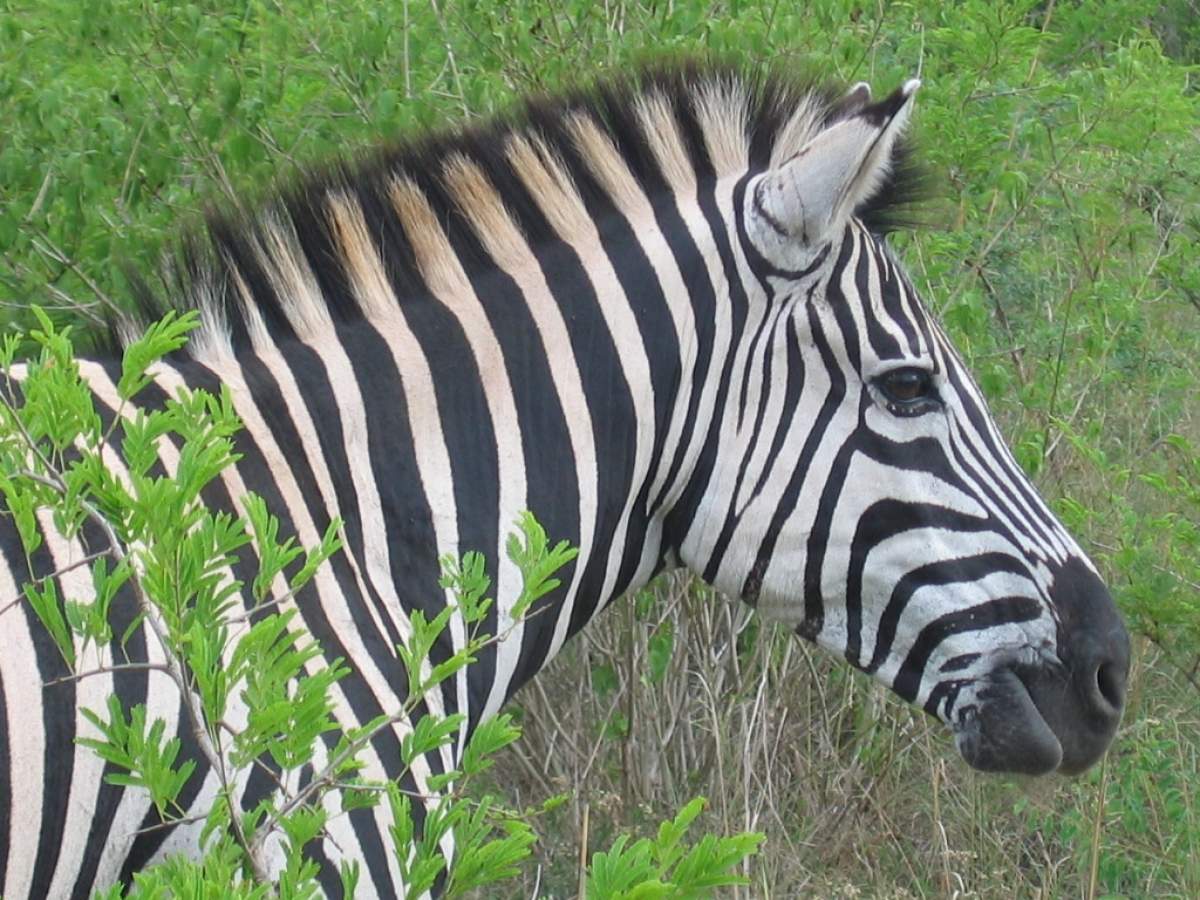
For many animals, camouflage is an important part of survival. A leopard's spotted coat and a polar bear's white fur help them blend into their respective environments. But a zebra's bold stripes can't help to disguise it in its natural habitat, the open plains of Africa.
Or Can They?
The zebra's bold markings can also help to conceal it. In 1844, naturalist Francis Galton pointed out that stripes can help disguise zebras in the dim, grayish light of an African night. Fifty years later, an artist named Abbot Thayer suggested that stripes could help actually change the way a predator sees a zebra.
The zebra's bold markings draw the viewer's attention to the stripes themselves, not the shape of the animal. So when a predator looks at a zebra, it sees stripes first, and then the zebra. This split second of recognition gives the fleet-footed zebra a chance to escape.
To other zebras in the herd, the flash of stripes they see when one zebra starts to flee from an approaching lion is a "follow me" signal. Like the white flash of a deer's tail, it alerts the entire herd to danger. The approaching lion, on the other hand, often loses his initial target in the confusing mass of moving stripes.
Finding A Meal
Stripes also allow young zebras in search of a meal to identify their mothers. When mating, adult zebras use stripes to recognize members of their own species.
As one nineteenth century breeder discovered, a female zebra will object vehemently to mating with a male ass. But when the rejected suitor was disguised with hand-painted stripes, the female zebra happily accepted him.









